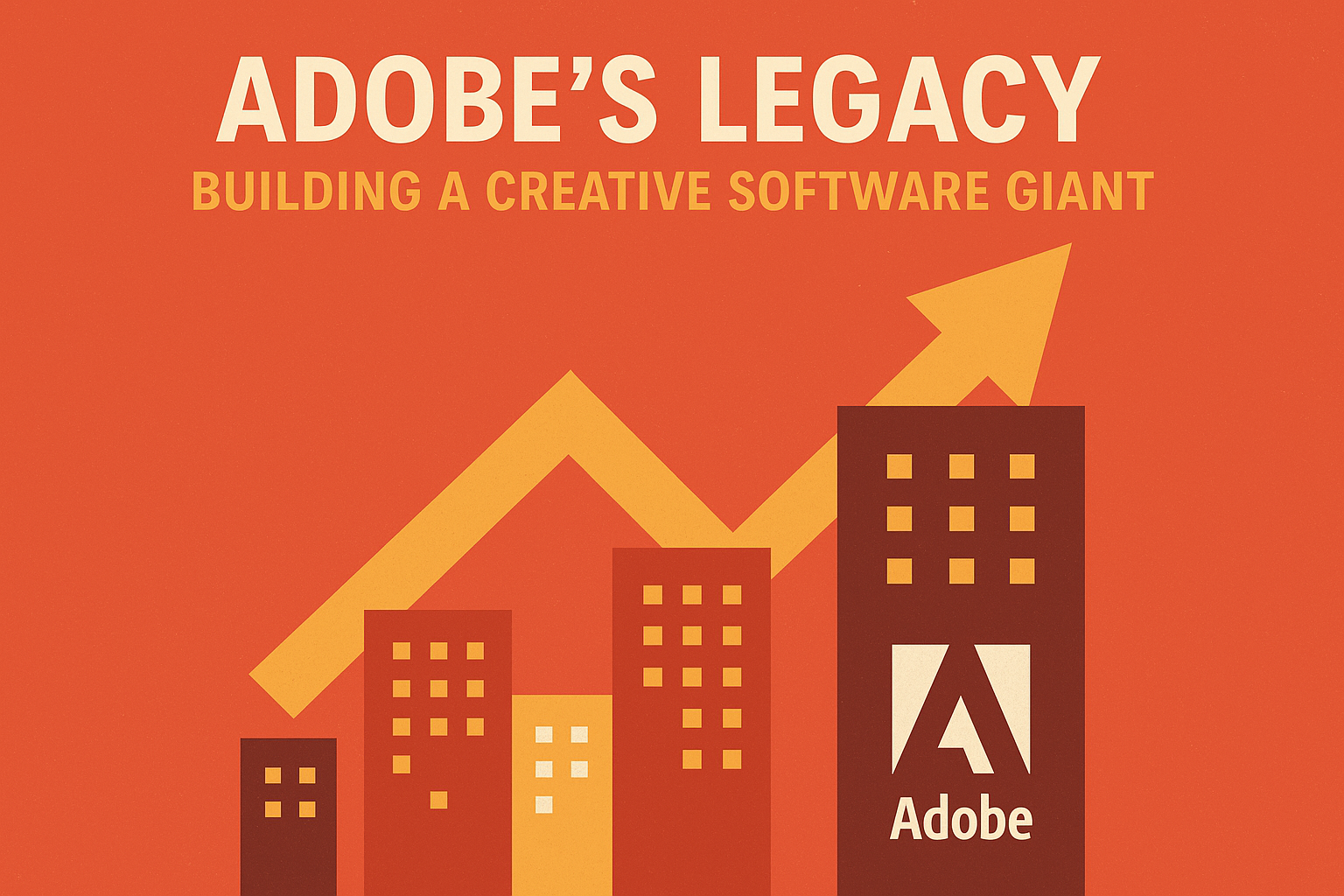
Adobe has become synonymous with creative software, standing as one of Silicon Valley’s most enduring and innovative technology companies. From humble beginnings in the early 1980s, Adobe’s journey has reshaped digital content creation, powering everything from print publishing to motion graphics, and influencing how the world communicates visually.
Founding and Early Days
Adobe was founded in December 1982 by John Warnock and Charles Geschke, both veterans of Xerox PARC. The company’s name was inspired by Adobe Creek in Los Altos, California, near Warnock’s home. From the outset, Adobe focused on revolutionizing how computers handled documents. Its first breakthrough product was the PostScript page description language, which allowed for the precise rendering of text and images on printed pages. PostScript rapidly became the backbone of desktop publishing, fueling the rise of companies like Apple and fundamentally altering the publishing industry.
The PDF Revolution
In 1993, Adobe introduced another milestone: the Portable Document Format (PDF). At a time when document sharing between different computer platforms was difficult and unreliable, PDF provided a universal format that preserved the integrity of content and layout. This development helped cement Adobe’s status as an indispensable player in the business world, as PDFs quickly became the de facto standard for digital documents.
Expanding the Creative Suite
As digital media evolved, Adobe began acquiring and developing a suite of products tailored for creative professionals. In 1987, the company released Illustrator, a vector-based graphics editor. This was followed by Photoshop, which Adobe acquired from the Knoll brothers in 1988 and released in 1990. Photoshop’s arrival changed digital photography and image editing forever, giving rise to new creative possibilities for professionals and hobbyists alike.
The 1990s and early 2000s saw Adobe broadening its offerings with products such as Premiere for video editing, After Effects for motion graphics, and InDesign for desktop publishing. In 2005, Adobe acquired Macromedia, bringing in marquee products like Flash and Dreamweaver. This acquisition further strengthened Adobe’s hold over web design, animation, and interactivity.
The Creative Cloud Transformation
One of Adobe’s most pivotal business shifts came in 2012 with the launch of Creative Cloud, a subscription-based service that replaced the traditional boxed software model. This transition fundamentally altered how software was delivered and monetized. While initially controversial, the recurring revenue model proved highly successful, enabling Adobe to provide continuous updates, integrate cloud-based collaboration, and reach a broader user base, including freelancers, businesses, and educational institutions.
Financial Performance and Market Dominance
Adobe’s transition to software-as-a-service (SaaS) supercharged its financial performance. Consistent growth in annual revenue and profitability transformed the company into a Wall Street favorite. Adobe’s products became indispensable tools for marketing, media, entertainment, and design. The company’s influence also expanded into digital marketing and analytics through acquisitions like Omniture and Marketo.
Today, Adobe is traded on the NASDAQ under the ticker symbol (NASDAQ: ADBE) and stands as a bellwether of the creative and digital marketing industries. Its market capitalization places it among the world’s leading software companies, and its products remain embedded in the workflows of professionals across countless sectors.
Innovation and Future Outlook
Adobe continues to innovate at the intersection of creativity and technology. With the rise of artificial intelligence, the company has integrated machine learning into products through its Adobe Sensei platform, streamlining workflows and enabling powerful new creative capabilities. The company’s focus on generative AI, mobile creativity, and seamless cloud integration positions it to thrive in the evolving landscape of content creation.
As the digital economy continues to grow, Adobe’s ability to adapt and anticipate the needs of creative professionals ensures its legacy as a software giant will endure for decades to come.
Disclaimer: This article is for informational purposes only and does not constitute financial advice or a recommendation to buy or sell any securities.





